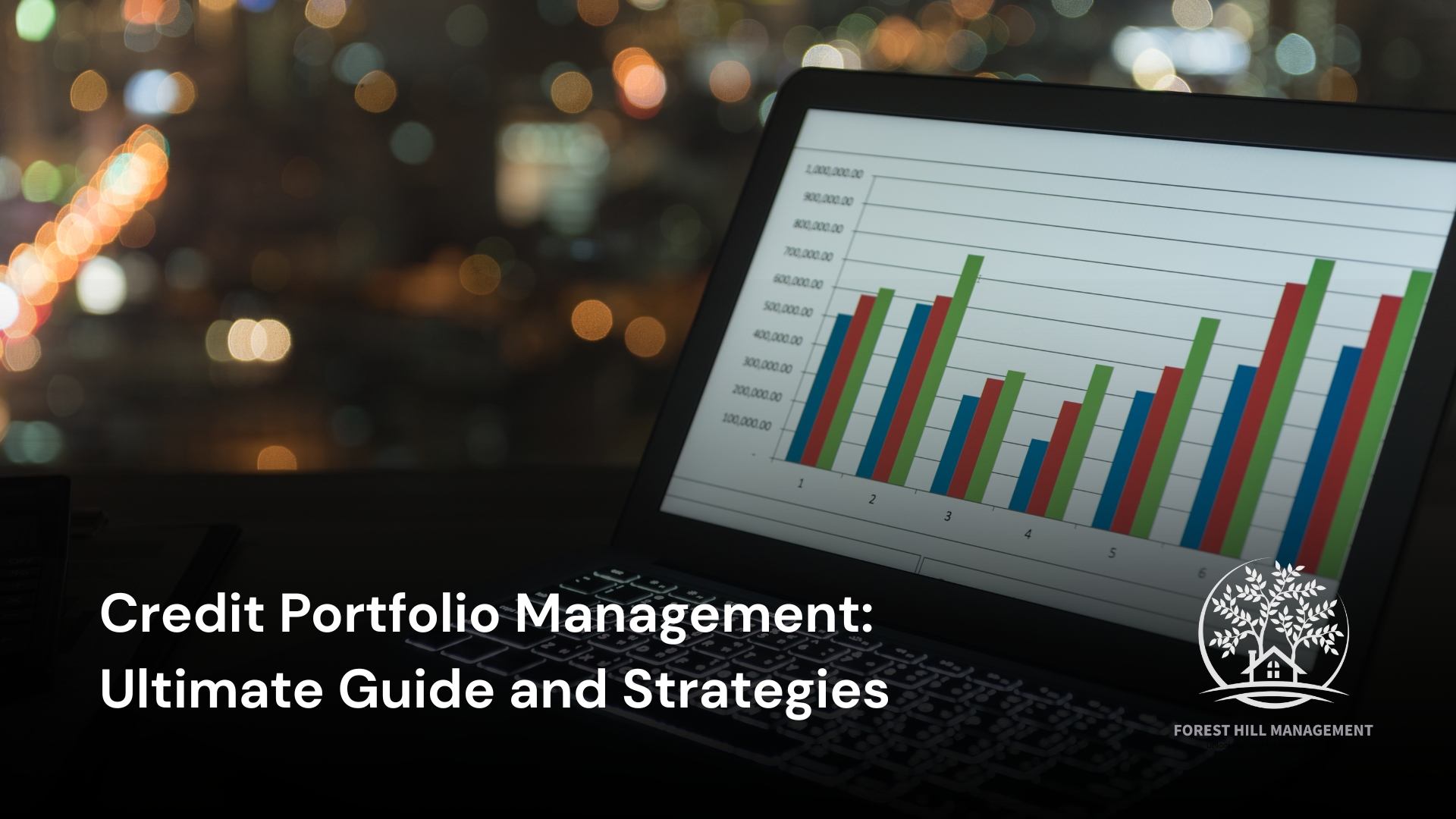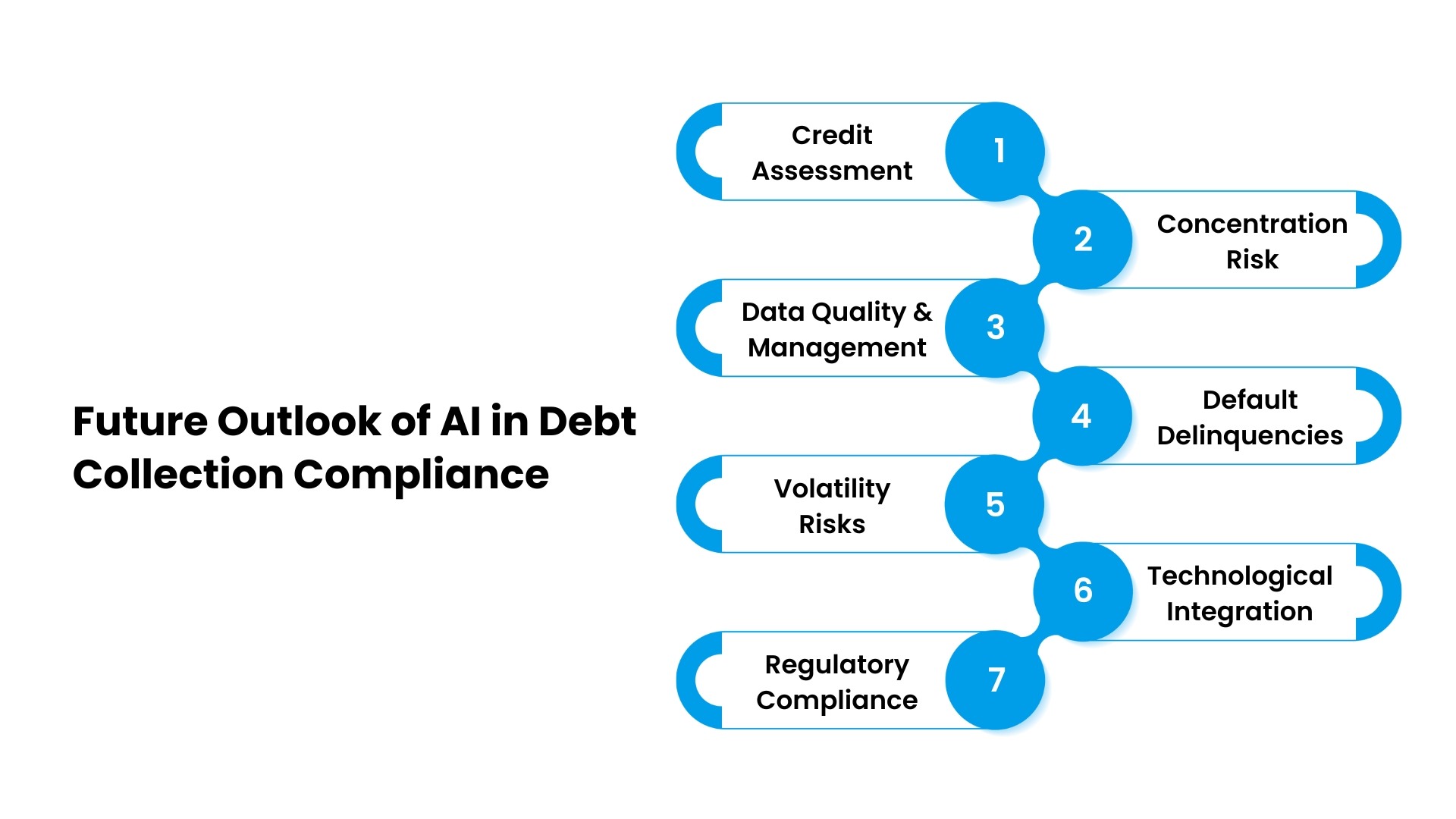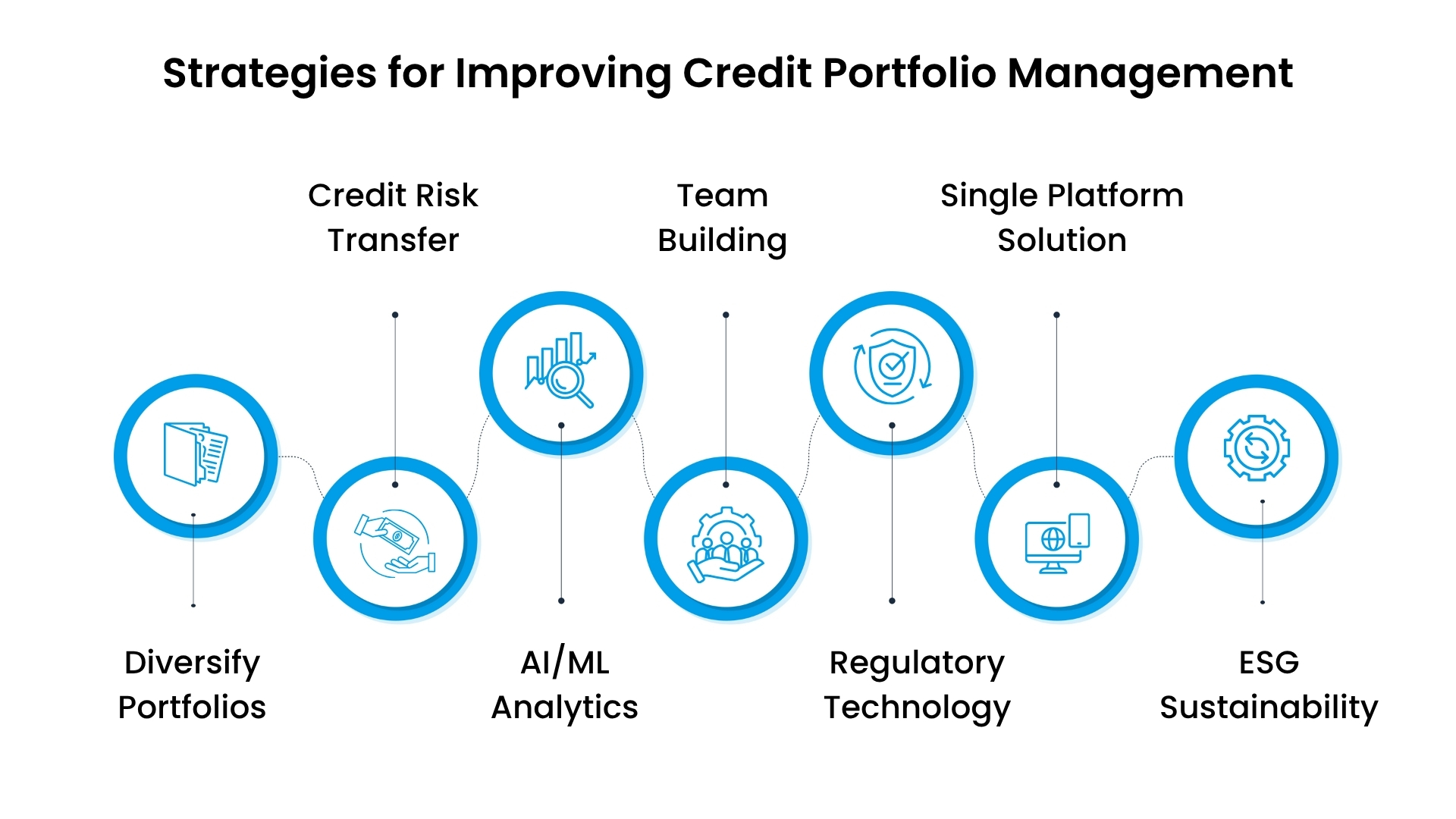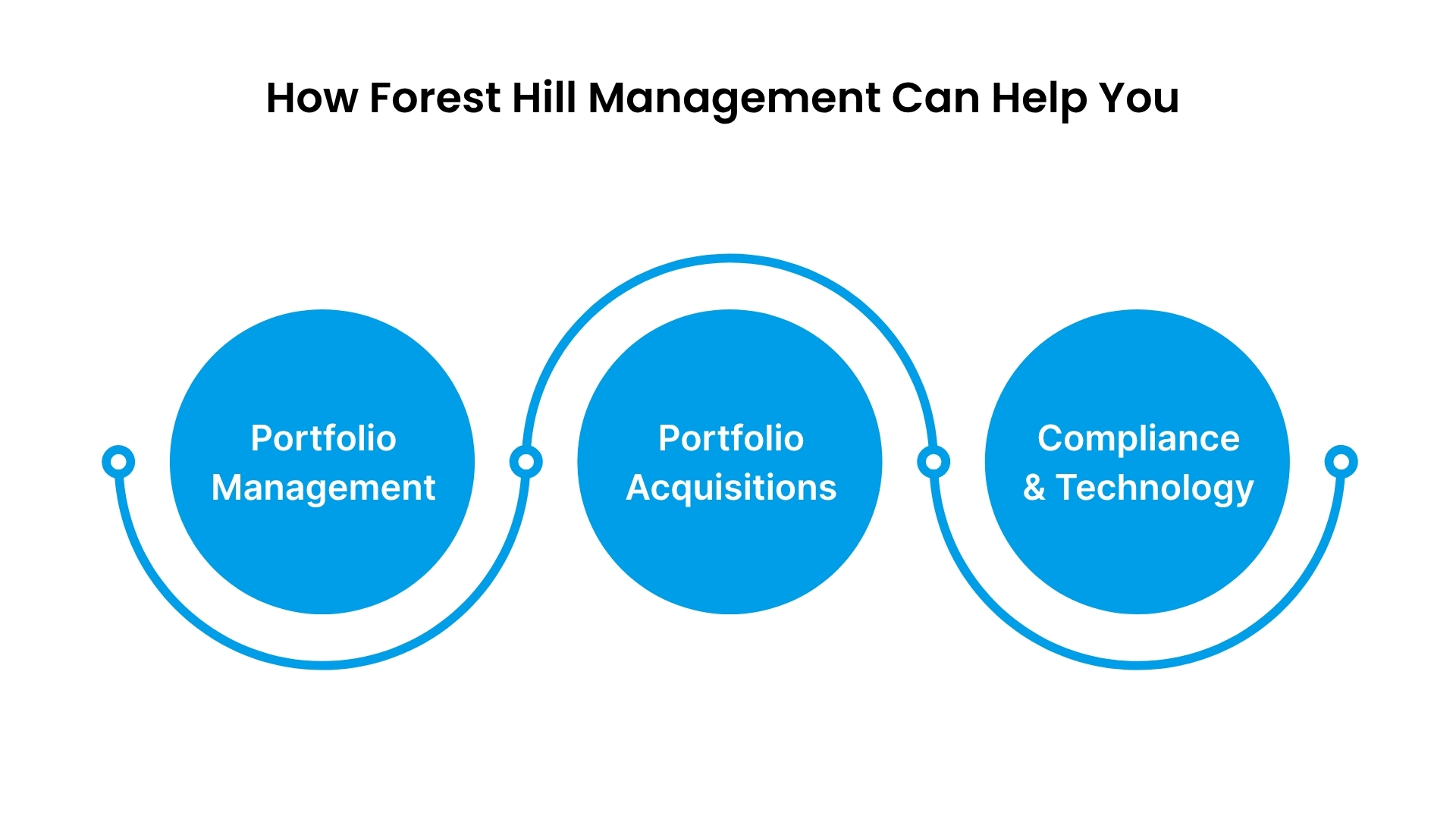Credit Portfolio Management: Ultimate Guide and Strategies
Credit Portfolio Management: Ultimate Guide and Strategies

Transform Your Financial Future
Contact UsManaging a credit portfolio is essential for both businesses and investors. It's about understanding and managing the money people owe you or your business, ensuring it's safe, and finding ways to grow it. If you handle a credit portfolio well, you can reduce the chances of losses and increase your chances of making money.
But managing a credit portfolio isn't always easy. Several factors must be considered, including economic shifts, new regulations, and technological advancements. It can feel especially overwhelming if you have a lot of debt to manage or if some of the loans are high-risk.
In this blog, let's explore what credit portfolio management entails. Why it's important, and the common challenges businesses and individuals face.
And the best part? Learn the solid strategies to help you manage your portfolio better, reduce risk, and even take advantage of the technological advances.
Key Takeaways
- Credit portfolio management involves assessing risk, diversifying investments, and making informed decisions to ensure financial stability and growth.
- Regular creditworthiness assessments and portfolio diversification are crucial to minimize exposure to defaults and market fluctuations.
- Technology like AI/ML and RegTech tools can enhance decision-making, improve compliance, and streamline portfolio management.
- Concentration risk can harm your portfolio—ensure it's spread across industries, borrowers, and regions to reduce vulnerability.
- Effective credit portfolio management is an ongoing process; staying proactive and informed can help you navigate financial challenges with confidence.
What is Credit Portfolio Management?
Credit portfolio management is the process of strategically overseeing and controlling a collection of loans, debts, or credit assets. This is crucial for both individuals and businesses that need to ensure the money they lend or owe is handled effectively. It goes beyond just tracking payments; it involves actively making decisions that balance risk, ensure financial stability, and optimize returns.
When you manage a credit portfolio, you're making choices about which loans to approve, how to balance different types of debt, and how to manage repayment schedules.
With the right approach, you can have greater control over your financial situation while minimizing exposure to bad debts or defaults.
Now that we have a clear understanding of what credit portfolio management involves, let's examine the challenges you might face when managing a credit portfolio.
Challenges in Credit Portfolio Management

It requires careful decision-making to secure your financial future. The challenges are real, but knowing them helps you prepare. Let’s take a closer look at the key obstacles you may face while managing your credit portfolio.
1. Credit Worthiness Assessment
One of the first challenges in credit portfolio management is evaluating the creditworthiness of borrowers. Assessing whether someone will repay a loan by considering factors like credit scores, financial history, and the borrower's current situation plays a significant role.
2. Concentration Risk
Concentration risk happens when too much of your credit portfolio is tied to a single borrower, industry, or geographic area. When a significant portion of your investments is concentrated in one sector, it can lead to serious risks. For instance, a downturn in that industry or region can have a huge impact on your entire portfolio.
3. Data Quality and Management
Effective credit portfolio management relies heavily on high-quality data. Whether it’s assessing creditworthiness, tracking payments, or forecasting risk, accurate and up-to-date data is essential. Poor data quality or outdated systems can lead to misinformed decisions and even increase the risk of defaults.
4. Loan Defaults and Delinquencies
Loan defaults and delinquencies are one of the biggest risks in managing any credit portfolio. When a borrower fails to make their payments, it can cause ripple effects, especially if there are many defaults in the portfolio. The more defaults, the higher the potential losses.
5. Economic Volatility and Interest Risks
The financial landscape is always shifting. Economic volatility, such as a recession or interest rate changes, can have a major impact on your credit portfolio. When interest rates rise, for instance, the cost of borrowing increases, which may cause some borrowers to struggle with repayment. Similarly, a sudden economic downturn can lead to an increase in defaults as people lose their jobs or businesses struggle.
6. Technological Integration
The technological integration of new tools into your credit portfolio management process is essential, but it can be a challenging task. Technology can help streamline data analysis, improve risk assessment, and offer more accurate predictions. However, adopting new tech solutions often comes with a learning curve and upfront costs.
7. Compliance with Regulatory Shifts
Financial regulations change frequently, and failing to comply with new laws can result in substantial fines or legal issues, which can negatively impact your portfolio's performance.
With an understanding of the challenges, it's time to explore some actionable strategies that can help you improve your credit portfolio and make the management process more effective.
Strategies for Improving Credit Portfolio Management

Managing a credit portfolio effectively requires a proactive approach. It's not just about addressing the issues that arise, but also about adopting strategies that help minimize risks, maximize returns, and ensure long-term stability.
Here are some key strategies you can implement to improve your credit portfolio management:
1. Diversify Portfolios
One of the most effective ways to mitigate risk in your credit portfolio is to diversify. Instead of putting all your resources into one industry, borrower type, or geographic area, spread your investments across different sectors. This way, if one sector faces challenges, the others can help balance out the impact. Diversification not only helps in risk management but can also open doors to new opportunities.
By diversifying, you lower the chances of facing big losses due to issues in one specific area of your credit portfolio. Diversification is an essential tool for creating a balanced and resilient portfolio.
2. Credit Risk Transfer
Transferring credit risk can be done by selling or securing parts of your credit portfolio to other institutions or investors. By doing so, you shift some of the risks to those who are better equipped to manage them, allowing you to focus on the more stable and profitable parts of your portfolio.
This strategy can help you minimize exposure to high-risk loans or debts, giving you more flexibility and security within your credit portfolio. It’s an excellent way to manage credit risk while still staying invested in key areas.
3. Advanced Analytics and AI/ML
With advancements in data analytics and artificial intelligence (AI), implementing these tools into your credit portfolio management process is a strategic move. AI and machine learning (ML) can help you analyze large datasets, predict borrower behavior, and make more informed decisions. These technologies can provide deeper insights into risk, payment patterns, and potential areas for growth within your portfolio.
Using advanced analytics and AI/ML not only makes your portfolio management more efficient but also helps you make data-driven decisions that reduce risk and improve performance over time.
4. Building the Right Team
Your team should consist of experts who understand the nuances of credit risk, compliance, financial analysis, and portfolio management. Whether you are managing personal debts or large-scale corporate portfolios, a well-rounded team will ensure all areas of your credit portfolio are managed effectively.
A strong, diverse team brings different perspectives and skills, helping you navigate the complexities of credit portfolio management. Building the right team ensures you have the expertise to handle any challenge that arises.
5. Regulatory Technology (RegTech)
Regulatory technology (RegTech) tools can help you streamline compliance processes by automating tasks like reporting, auditing, and monitoring changes in laws. These tools help reduce the risk of human error and ensure your credit portfolio remains in line with evolving regulations.
By utilizing RegTech, you not only stay compliant but also enhance the efficiency of your operations, enabling you to focus more on growing and managing your credit portfolio, rather than constantly reacting to regulatory changes.
6. Opt for a Single Platform Approach
Managing multiple systems for your credit portfolio can create inefficiencies and lead to errors. A single platform approach allows you to consolidate all your portfolio management activities, including data tracking, reporting, risk management, and compliance monitoring, into one integrated solution. This creates a more streamlined and efficient process.
Using a unified platform for managing your credit portfolio enhances efficiency, reduces complexity, and ensures that all aspects of your portfolio are monitored in real-time. It also facilitates collaboration across teams and departments.
7. Sustainability and ESG Considerations
As environmental, social, and governance (ESG) factors become more important to investors, incorporating sustainability into your credit portfolio strategy is increasingly valuable. Consider including loans or investments that meet ESG criteria. Not only does this help create a more socially responsible portfolio, but it can also provide long-term financial stability by aligning your investments with future trends.
Integrating ESG factors into your credit portfolio management can help you stay ahead of regulatory requirements, attract socially-conscious investors, and secure stable, long-term returns.
Now, let's take a closer look at how Forest Hill Management's services can support you in managing and growing your credit portfolio more efficiently.
How The Forest Hill Management Can Help Manage Your Credit Portfolio

At The Forest Hill Management, industry experts help you optimize and protect your credit portfolio. Get tailored solutions designed to reduce risks, increase returns, and streamline the management of your financial assets.
1. Portfolio Management: Optimize your credit portfolio through tailored strategies, efficient tracking, and reporting. We ensure your investments are well-managed, allowing you to focus on other financial goals.
- Custom strategies for your portfolio
- Regular tracking and reporting
- Expert guidance for long-term success
2. Portfolio Acquisitions: Get seamless portfolio acquisitions by conducting thorough due diligence and helping you acquire high-value portfolios that align with your goals.
- Expert due diligence for valuable portfolios
- Streamlined acquisition process
- Opportunities to strengthen your portfolio
3. Compliance & Technology: Our Compliance and Technology service ensures that your credit portfolio remains compliant with industry regulations. We utilize the latest technology to safeguard your data and optimize portfolio management processes.
- Full compliance with financial regulations
- Advanced technology to safeguard data
- Enhanced efficiency in portfolio management
Whether you're managing, acquiring, or protecting your credit portfolio, The Forest Hill Management offers the expertise and tools you need. Take advantage of the services that are designed to support your financial growth and provide peace of mind.
Contact our financial advisors to create a custom plan!
Conclusion
By understanding the key challenges and implementing effective strategies, you can minimize risks, maximize returns, and make smarter financial decisions.
Diversifying your investments, assessing credit risk carefully, and staying compliant with regulations are just a few of the ways to strengthen your credit portfolio. Whether you're an individual or a business, adopting the right approach will help you manage the complexities of credit portfolio management with confidence.
Take the first step toward financial freedom with The Forest Hill Management services to help you make the most of your credit portfolio.
FAQs
1. What are the 4 types of portfolio management strategies?
The four types of portfolio management strategies are active management, passive management, discretionary management, and non-discretionary management. Each strategy focuses on different approaches to managing investments based on market conditions and objectives.
2. What is the ultimate goal of portfolio management?
The ultimate goal of portfolio management is to maximize returns while minimizing risk through strategic asset allocation, diversification, and regular portfolio reviews. It aims to align financial goals with risk tolerance and time horizon.
3. What is a good credit portfolio?
A good credit portfolio is well-diversified, contains credit assets that align with the investor's risk profile, and is managed to minimize defaults and maximize returns. It should balance risk and reward effectively.
4. What is a credit life cycle?
A credit life cycle refers to the stages a borrower’s loan goes through, from approval to repayment or default. It includes assessment, disbursement, payment schedules, and, if necessary, recovery.
-p-500%20(1).png)